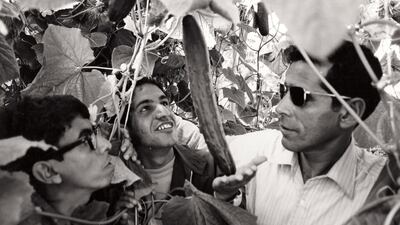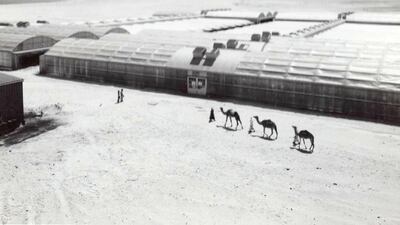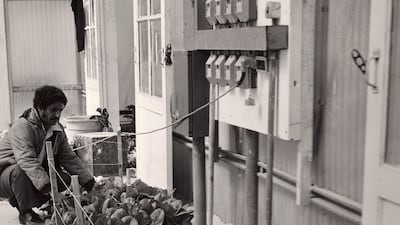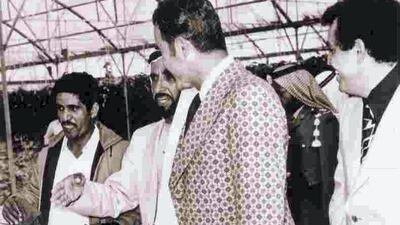This week we learned that a French company has begun a trial of growing strawberries in hydroponic grow rooms in Dubai. This could afford potentially millions of desert-dwellers the opportunity to enjoy fresh produce directly from the community, without relying on it being flown in from Europe or North America. While the method is new, the desire to provide locally produced fruits and vegetables to the UAE population is not.
Sheikh Zayed, Founding President of the UAE is known to have said: "Give me agriculture and I'll guarantee you civilisation." Even before the formation of the country, the Ruler of Abu Dhabi knew the importance of his nation having greenery and fresh produce available locally. So 52 years ago, he selected three Abu Dhabi students to enrol in the agricultural and irrigation engineering programme at the University of Arizona to study hydroponic growth in desert climates.
Three years later, Abdullah Kaddas Al Romaithi, Mohammad Mjrin Al Romaithi and Hamad Al Mazrouei graduated with engineering degrees, and with their knowledge and expertise, set up greenhouses on Saadiyat Island – at the exact location of the current Louvre Abu Dhabi – with the goal of developing sustainable fruit and vegetable cultivation within the borders of the UAE.
The US$3.4 million (Dh12.48m) project was funded by the Abu Dhabi Government and supervised by the university programme in Arizona. It used a combination of sea sand mixed with desert sand to reduce the salt content, along with proper fertiliser for the arid conditions. Over the course of six years, the project produced tomatoes, aubergines, cucumbers and cabbages for the local community, and even came to the attention of heavyweight boxer Muhammad Ali, who visited the greenhouses in 1974.
Decades later, the UAE continues to be innovative in using technology to support the needs of its growing population, and in turn, communities in other remote climates could potentially benefit from the fruits of their labour.
________________
Read more:
New farming method to grow strawberries in Dubai bears fruit
A cherished memory of Muhammad Ali
Hydroponics: a little water goes a long way, and that makes sense for UAE
________________






